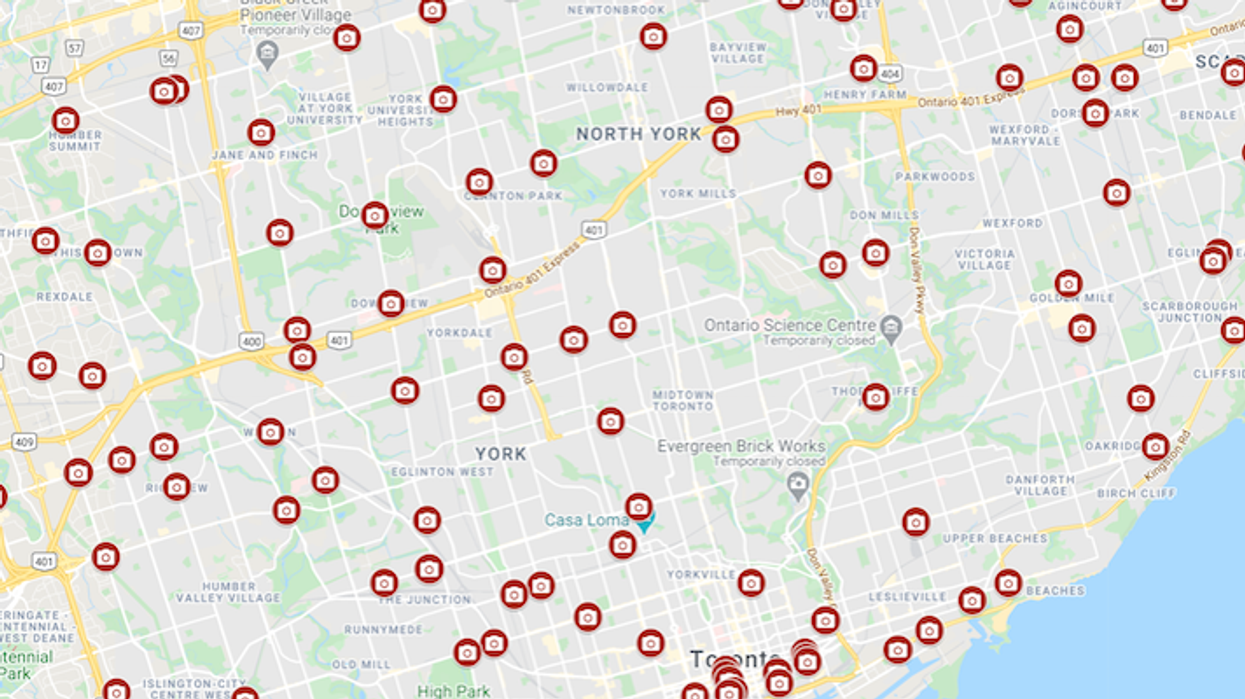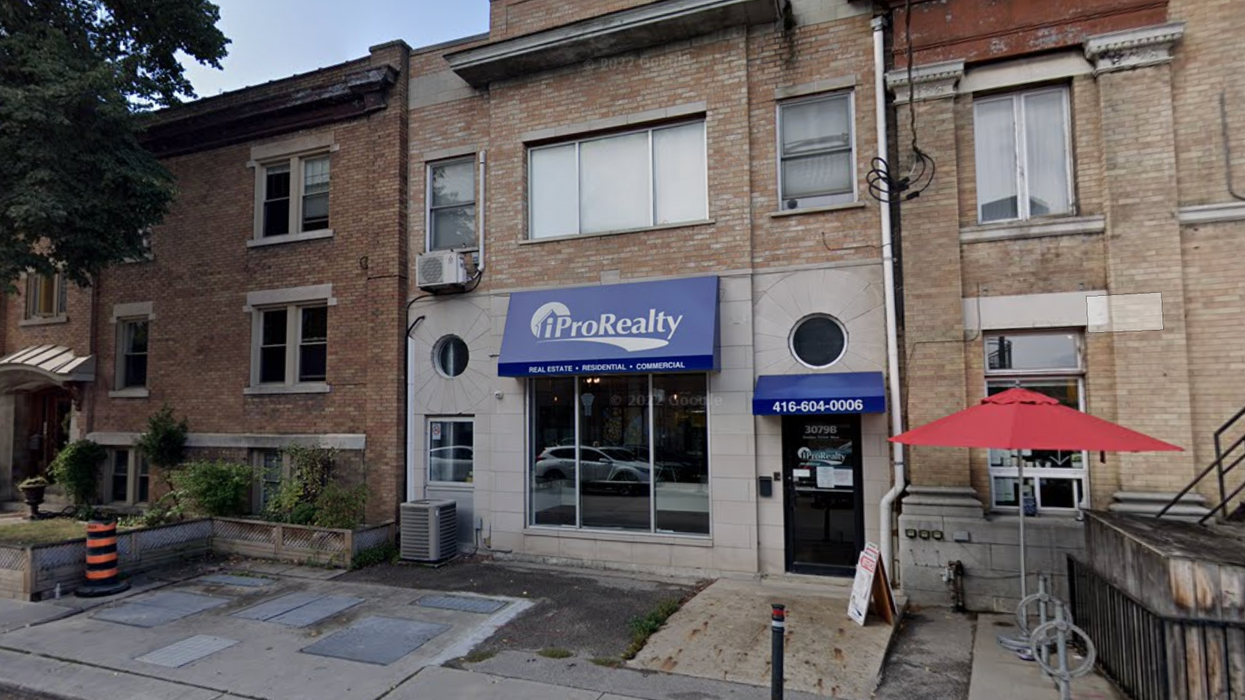Loan-to-Value Ratio (LTV)
Learn what the loan-to-value (LTV) ratio is in Canadian real estate, how it affects mortgage insurance, and why it matters to both lenders and buyers.

May 22, 2025
What is Loan-to-Value Ratio (LTV)?
The Loan-to-Value Ratio (LTV) is a measure of how much of a property's value is being financed by a mortgage, expressed as a percentage.
Why Loan-to-Value Ratio (LTV) Matters in Real Estate
In Canadian real estate, LTV helps lenders assess risk when approving a mortgage. A lower LTV means the buyer has more equity, which reduces lender exposure.
LTV formula: LTV = (Mortgage Amount ÷ Appraised Property Value) × 100
LTV benchmarks include:- 80% or lower: typically doesn’t require mortgage insurance
- Above 80%: usually requires CMHC or other mortgage default insurance
LTV also affects interest rates, insurance premiums, and approval conditions. Reducing LTV through a larger down payment can lead to better mortgage terms.
Understanding LTV is essential for evaluating affordability, reducing borrowing costs, and planning long-term equity growth.
Example of Loan-to-Value Ratio (LTV) in Action
A buyer puts down $100,000 on a $500,000 home. Their mortgage is $400,000, giving them an LTV of 80%.
Key Takeaways
- Shows what portion of the property is financed.
- Lower LTV means less lender risk.
- Impacts insurance and approval.
- Affects rate and terms.
- Key factor in mortgage planning.
Related Terms
- Down Payment
- Mortgage Insurance
- CMHC Insurance
- Home Equity
- Refinance















 Camcos Living
Camcos Living Shutterstock
Shutterstock Little Rouge Block G/Camcos
Little Rouge Block G/Camcos Camcos Living
Camcos Living Camcos Living
Camcos Living Camcos
Camcos








